Merlot Sauce for Veal, Beef or Venison
Merlot sauce is a culinary delight, renowned for its rich flavor and versatility in enhancing a variety of dishes. Originating from the Bordeaux region of France, where Merlot grapes flourish, this sauce embodies elegance and sophistication.
Crafted from Merlot wine, the sauce exudes a deep, complex flavor profile with hints of berries, plum, and subtle earthiness, characteristic of the grape varietal. Its deep crimson hue adds a visually stunning element to any dish, creating a feast for the eyes and the palate.
Making Merlot sauce begins with reducing the wine to intensify its flavor and concentrate its natural sugars. This reduction is combined with a carefully curated blend of aromatics such as shallots, garlic, and fresh herbs like thyme and rosemary, adding depth and complexity to the sauce.
One of the most appealing aspects of Merlot sauce is its versatility. It pairs beautifully with various proteins, including beef, lamb, poultry, and game meats. Whether drizzled over a perfectly seared steak, glazed onto tender roasted chicken, or spooned alongside a succulent rack of lamb, Merlot sauce elevates each dish to new heights of culinary excellence.
Beyond its affinity for meat, Merlot sauce admirably complements vegetarian and vegan fare. Paired with hearty vegetables like roasted mushrooms or grilled eggplant, it adds a luxurious touch that transforms a simple dish into a gourmet masterpiece.
In addition to its finishing sauce, Merlot sauce is a versatile base for other culinary creations. It can be incorporated into pasta dishes, risotto, and even soups to impart a depth of flavor that tantalizes the taste buds and leaves a lasting impression.
With its rich flavor, vibrant color, and unparalleled versatility, Merlot sauce is a testament to French cuisine’s artistry. Whether enjoyed in a fine dining establishment or prepared at home with care and attention to detail, it will surely delight even the most discerning palates.
History of Merlot Sauce
Merlot sauce’s history is intertwined with France’s rich culinary traditions, particularly the Bordeaux region, renowned for its prestigious wines. Merlot, one of the primary grape varietals cultivated in Bordeaux, is the foundation for the wine and the sauce that bears its name.
It likely emerged as a natural extension of French culinary practices, which have long emphasized the art of sauce-making as a fundamental component of haute cuisine. In Bordeaux, where Merlot grapes are abundant, chefs only naturally experimented with incorporating the region’s prized wine into their sauces.
The roots of this sauce can be traced back to the traditional French reduction technique, a process in which liquids such as wine or stock are simmered and condensed to intensify their flavor. By reducing Merlot wine, chefs discovered they could create a luxurious sauce with a deep, complex flavor profile that beautifully complemented various dishes.
Over time, it became a staple in French cuisine, particularly in the haute cuisine tradition of fine dining establishments. Its versatility and ability to enhance the flavor of meats, poultry, and vegetables made it a favorite among chefs and diners.
As French culinary techniques spread globally, so did Merlot sauce’s popularity. Today, it can be found on menus worldwide, from Michelin-starred restaurants to home kitchens. While the basic principles of it remain rooted in French culinary tradition, chefs continue to innovate and experiment with different ingredients and flavor profiles to create unique variations of this beloved sauce.
The history is a testament to the enduring legacy of French cuisine and the ingenuity of chefs who have transformed humble ingredients into culinary masterpieces.
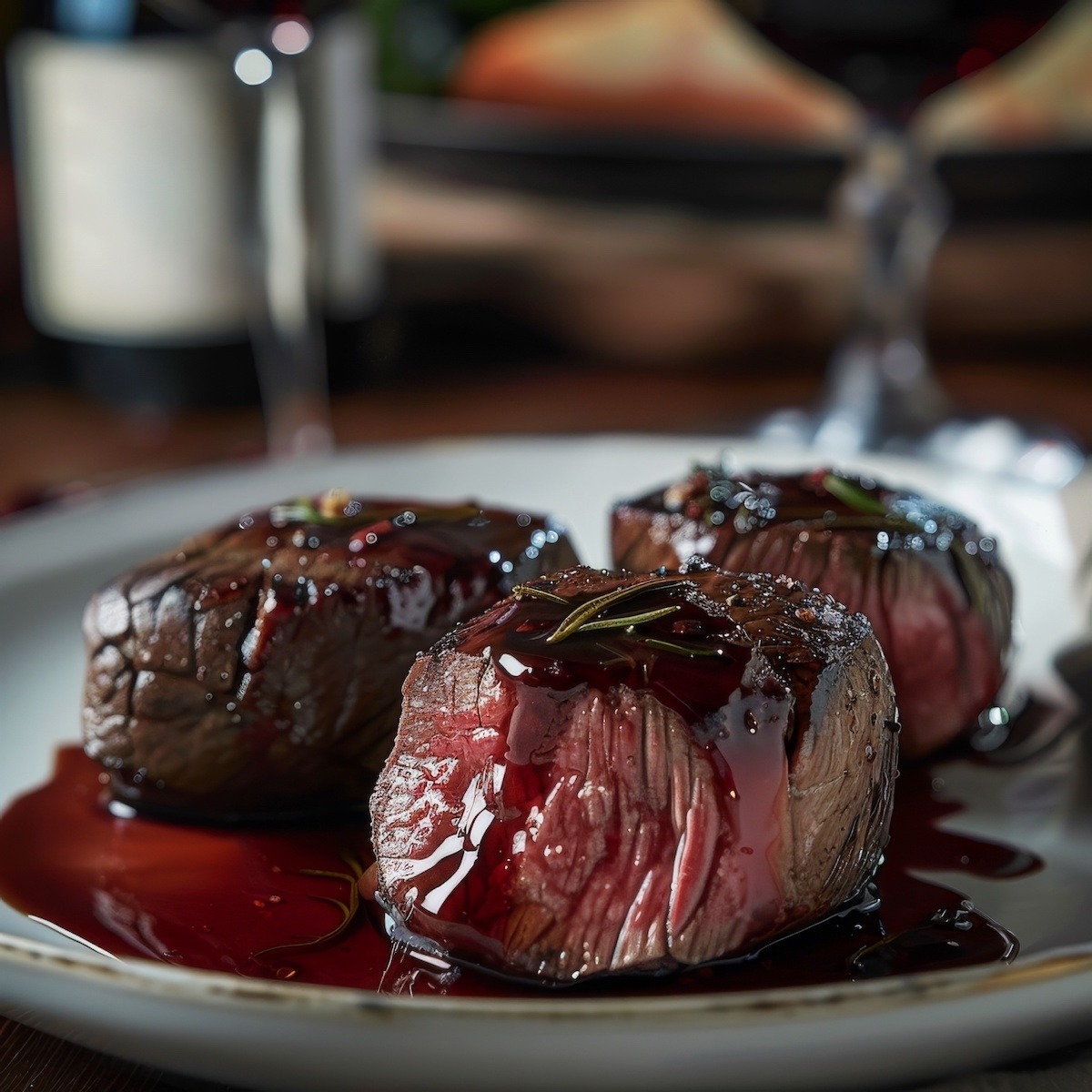
Making This Sauce With Demi Glace
Incorporating demi-glace into the recipe adds depth, richness, and complexity to the final sauce. Here’s how using demi-glace changes the recipe for Merlot sauce:
- Richness and Body: Demi-glace is a concentrated sauce made from reduced stock, typically veal or beef, combined with brown sauce. Its velvety texture and deep flavor provide a substantial base for the Merlot sauce, adding richness and body that enhances the overall mouthfeel of the dish.
- Complex Flavor: Demi-glace is packed with layers of flavor derived from the slow reduction of stock, aromatics, and seasonings. When combined with Merlot wine, these flavors marry together, creating a sauce with a nuanced taste profile that balances the sweetness of the wine with the savory depth of the demi-glace.
- Reduction Time: Because demi-glace is a reduced sauce, it shortens the cooking time needed to achieve a thick and flavorful Merlot sauce. Instead of simmering the wine for an extended period to concentrate its flavor, combine it with the demi-glace and let the sauce simmer briefly to meld the flavors together.
- Consistency: Demi-glace lends a luxurious thickness to the Merlot sauce, helping it coat the back of a spoon and cling to whatever protein or accompaniment it’s served with. This thicker consistency adds to the sauce’s visual appeal and helps it adhere better to the main dish.
- Umami Boost: Demi-glace is known for its umami-rich flavor, thanks to the caramelization of meat proteins during the stock reduction process. This umami boost enhances the overall depth and savoriness of the Merlot sauce, making it even more satisfying to the palate.
Using demi-glace in a Merlot sauce recipe elevates the sauce to a new level of sophistication, creating a luxurious and flavorful accompaniment that enhances a wide range of dishes.

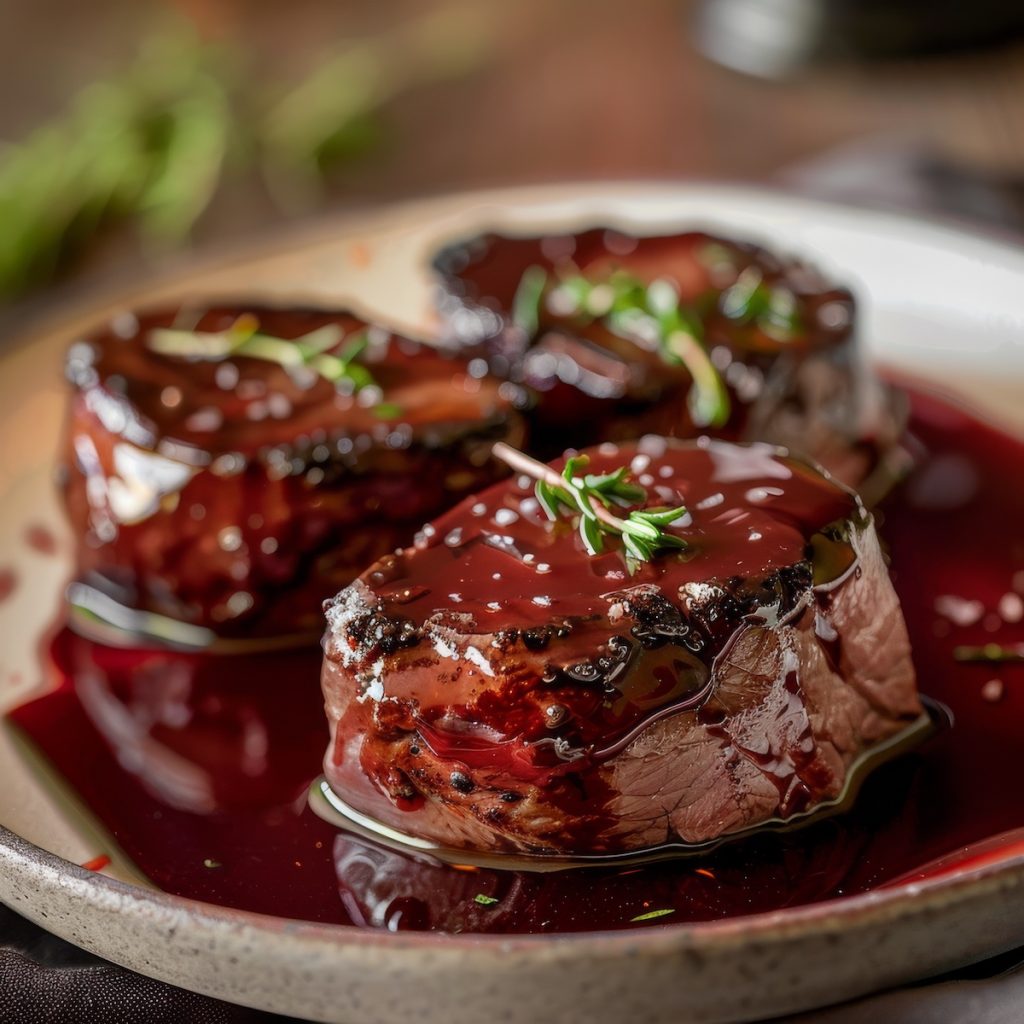
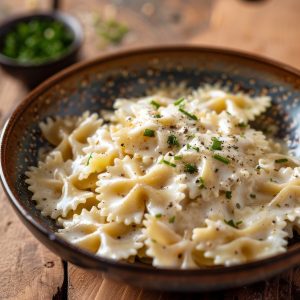
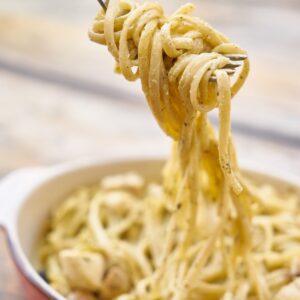


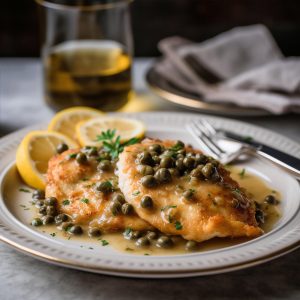
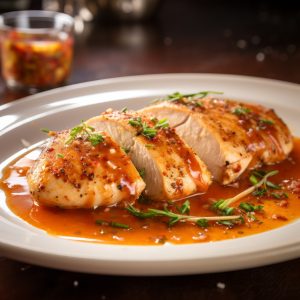
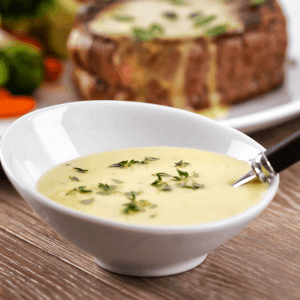
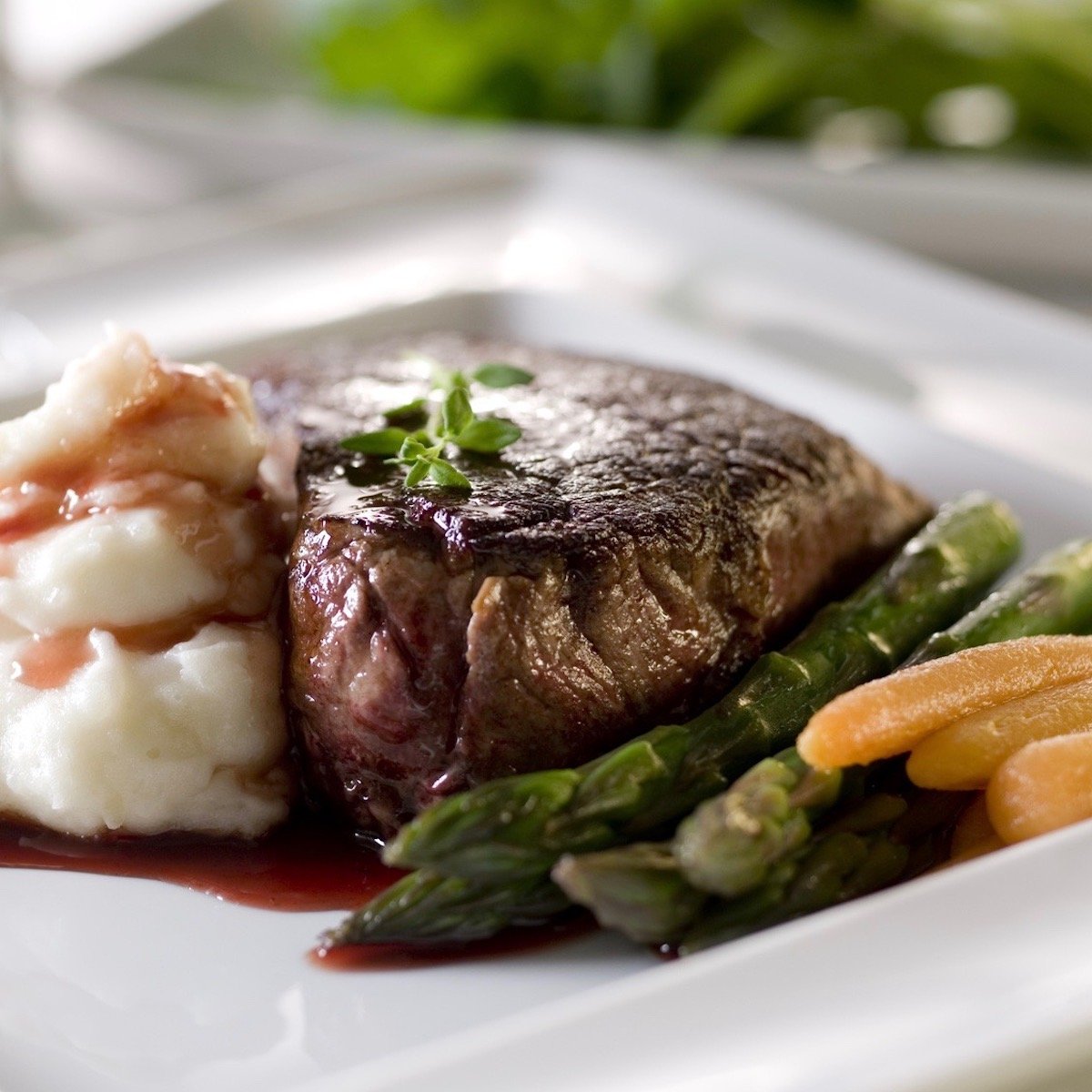
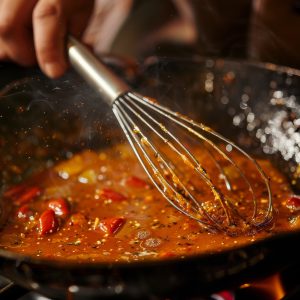
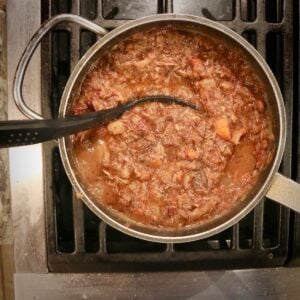

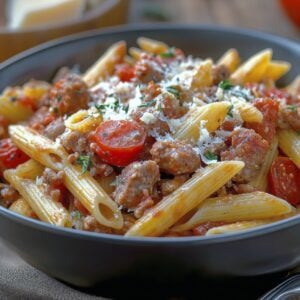


One Response
Nice recipe..Thanks for sharing.